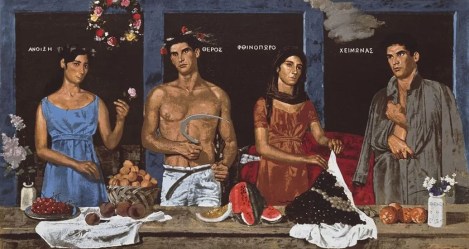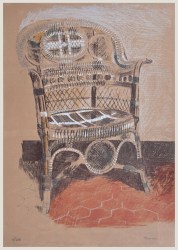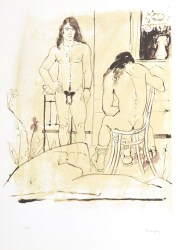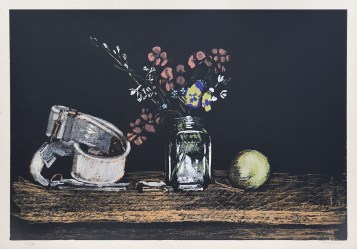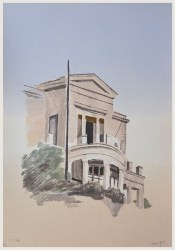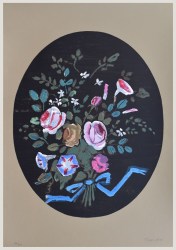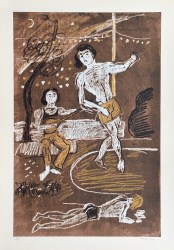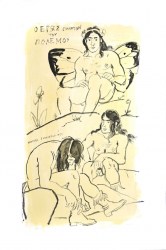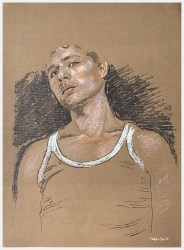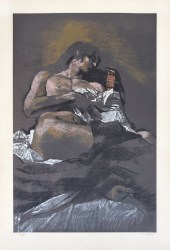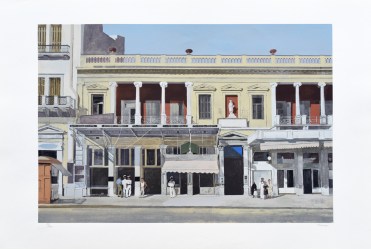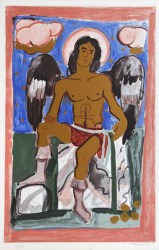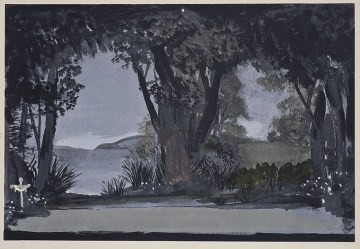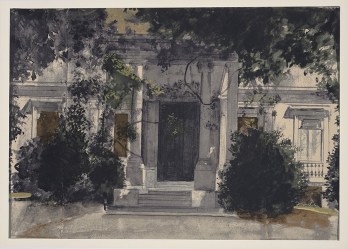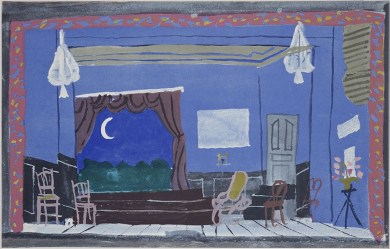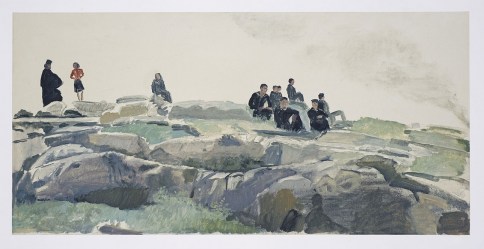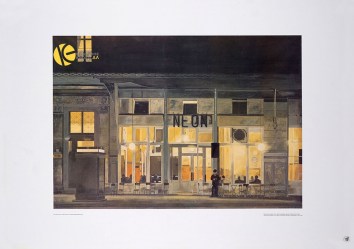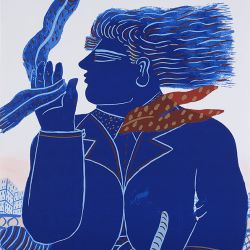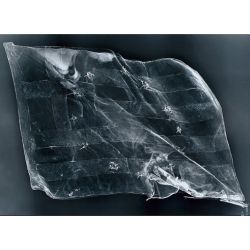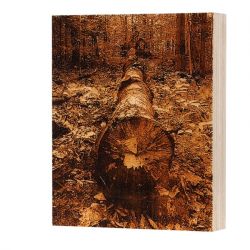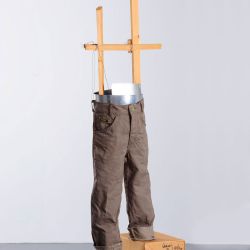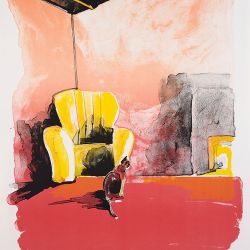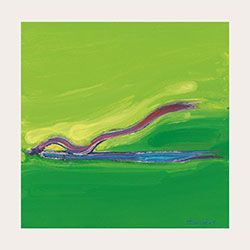Tsarouchis Yannis
Born 1910 in Piraeus; died 1989 in Athens. Studied at the Athens Academy of Fine Arts (1928-1933) under Vikatos and Parthenis. Was initiated into Byzantine art by Kontoglou (1931-1934), and also got to know the work of Theofilos. Travelled in the interwar period to Izmir, Istanbul, and Paris, where he became familiar with impressionism, cubism, and surrealism. Returned to Greece 1940 and fought on the Albanian front. Was a charter member of the Armos group. Worked with the Iolas Gallery in New York 1953-1957, and lived in Paris 1967-1980. Held more than 16 solo exhibitions, in Athens, Thessaloniki, Paris, London, New York, and Rome. The Macedonian Centre for Contemporary Art organised a major retrospective of his work in Thessaloniki 1981; and in 1982 he showed his personal collection, donating it to the Tsarouchis Foundation, which is housed in his home in Marousi. Took part in numerous group exhibitions and international events, including the Venice Biennale (1958, with Moralis). Designed stage sets and costumes for the National Theatre, the Art Theatre, La Scala in Milan, the Dallas Opera, the Olimpico Theatre in Vicenza, and Covent Garden in London; and designed sets and costumes for films by Dassin and Kakoyannis. Also turned his attention to weaving, winning a prize for a carpet design 1931. Wrote numerous articles for newspapers and periodicals (which have been published in book form) and illustrated a number of books (collections of poetry by Seferis, Elytis, and others).
Tsarouchis epitomises the artistic inquiry of French modernism, with elements of the Greek folk and Byzantine traditions. From the teaching of Parthenis and Kontoglou, posters for the Karagiozi shadow theatre, the Fayum portraits, and Theofilos's icons he drew structure and a richness of form and colour, elements which he himself, however, transformed and transmuted. The same applies to the influence of Courbet, Manet, Matisse, and cubism. His principal thematic focus is the human figure, more specifically the male nude, which has an unusual expressiveness in his work. The same applies to the neoclassical buildings of Athens, which are frequently portrayed as an autonomous presence, rather than as subsidiary narrative elements. His style has influenced a number of Greek artists.



